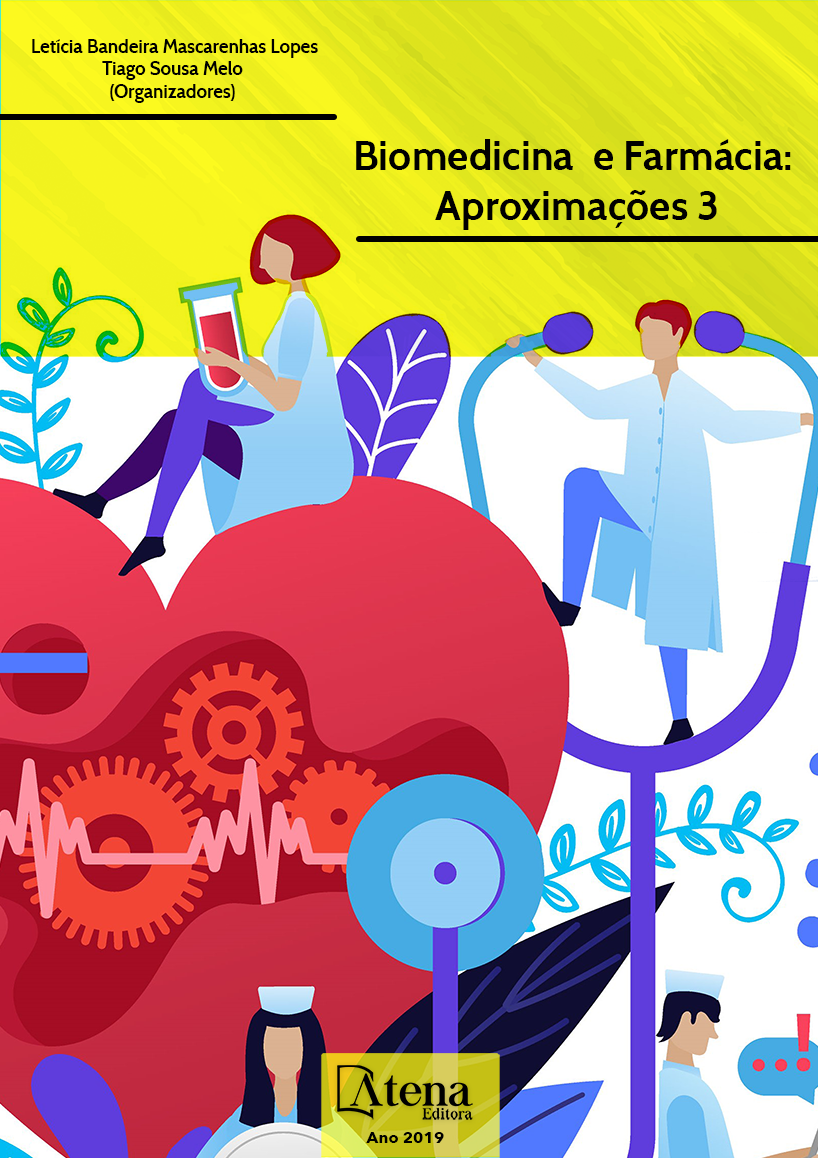
MORTALIDADE INFANTIL NAS POPULAÇÕES INDÍGENAS DE RORAIMA
O estado de Roraima compõe a
Amazônia brasileira possuindo uma área de
224.298,98 Km. É constituído por 15 municípios,
apresentando uma população de 522.636
habitantes. Proporcionalmente é o estado
brasileiro com maior população indígena do
país, sendo ela organizada em 08 etnias. Este
estudo objetivou analisar a taxa de mortalidade
infantil e suas causas na população indígena de
Roraima, além de comparar esta taxa com os
resultados da população não indígena. Tratase
de um estudo retrospectivo, descritivo, de
caráter quantitativo, que utilizou como principal
ferramenta o sistema DATASUS, traçando uma
série histórica sobre a mortalidade infantil em
Roraima dos anos 2010 a 2015. Os resultados
obtidos apontam que entre 2010 e 2015 houve
405 óbitos de crianças indígenas e 517 de
crianças não indígenas. 3% das crianças
indígenas foi a óbito, enquanto o percentual
de óbitos de não indígenas foi de 1%. A Taxa
de Mortalidade Infantil (TMI) indígena foi de
29,84 e a não indígena 10,28. O Risco Relativo
para o óbito indígena foi três vezes maior que
o de crianças não indígenas. A totalidade dos
casos de óbito foi por causas evitáveis. Residir
no município de Alto Alegre, aumenta em 1,85
vezes a chance de o indígena morrer antes de
completar um ano de idade. Conclui-se que
ser índio em Roraima é vivenciar uma situação
de vulnerabilidade, gerando uma evidente
desigualdade entre a TMI de indígenas e não indígenas, sendo assim essencial o
investimento em atenção primária e educação em saúde para esse segmento
populacional.
MORTALIDADE INFANTIL NAS POPULAÇÕES INDÍGENAS DE RORAIMA
-
DOI: 10.22533/at.ed.22419140414
-
Palavras-chave: Mortalidade infantil; Indígena; Roraima
-
Keywords: Child mortality; Indigenous; Roraima
-
Abstract:
The state of Roraima comprises the Brazilian Amazon with an area of
224,298.98 Km. It is constituted by 15 municipalities, with a population of 522,636
inhabitants. Proportionally it is the Brazilian state with the largest indigenous population
of the country, being organized in 08 ethnic groups. This study aimed to analyze the
infant mortality rate and its causes in the indigenous population of Roraima, in addition
to comparing this rate with the results of the non - indigenous population. This is a
retrospective, descriptive, quantitative study that used the DATASUS system as the
main tool, drawing a historical series on infant mortality in Roraima from the years 2010
to 2015. The results obtained indicate that between 2010 and 2015 there were 405
deaths of indigenous children and 517 of non-indigenous children. 3% of indigenous
children died, while the percentage of non-indigenous deaths was 1%. The Indigenous
Infant Mortality Rate (IMR) was 29.84 and the non-indigenous 10.28. The relative risk for
the indigenous death was three times higher than that of non-indigenous children. The
totality of the cases of death was due to avoidable causes. Residing in the municipality
of Alto Alegre, increases by 1.85 times the chance of an indigenous child dying before
reaching one year of age. The article shows that indigenous people in Roraima are
experiencing a situation of vulnerability, generating a clear inequality between the IMR
of indigenous and non - indigenous people. Thus, is essential to invest in primary
health care and health education for this population segment.
-
Número de páginas: 15
- Bianca Jorge Sequeira
- Ana Iara Costa Ferreira
- Fabiana Nakashima
- Leila Braga Ribeiro
- José Geraldo Ticianeli
- Fernanda Zambonin
- Wagner do Carmo Costa


